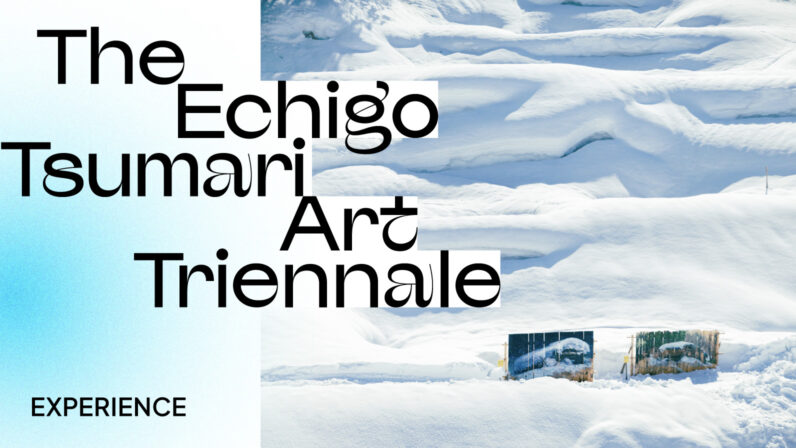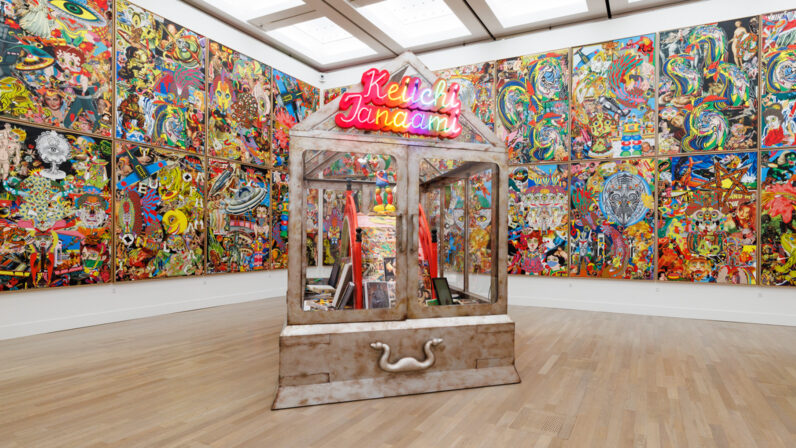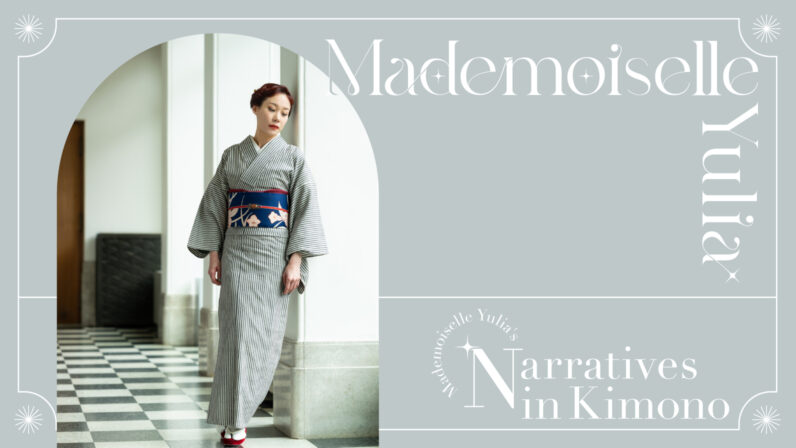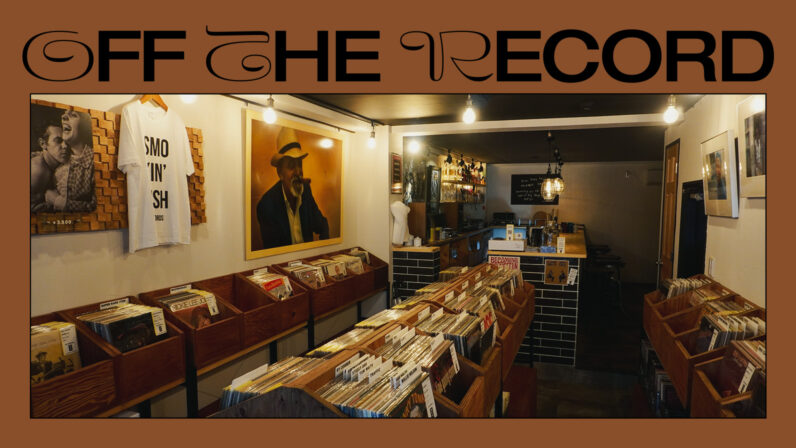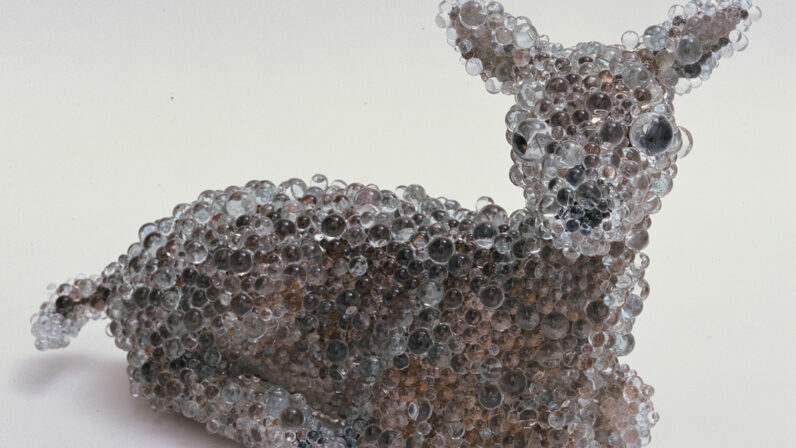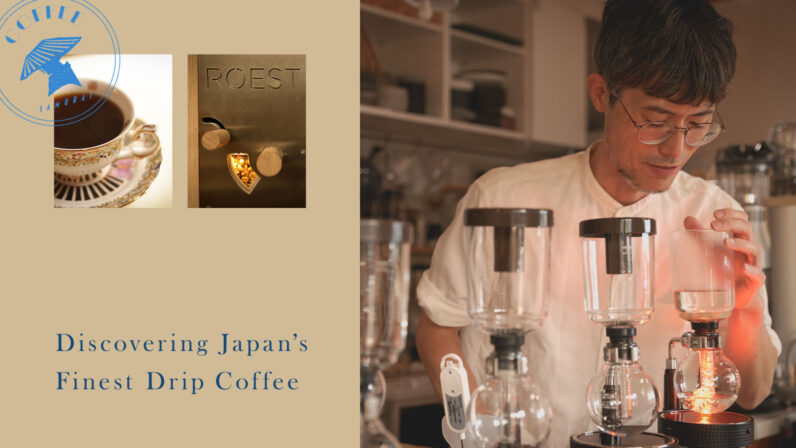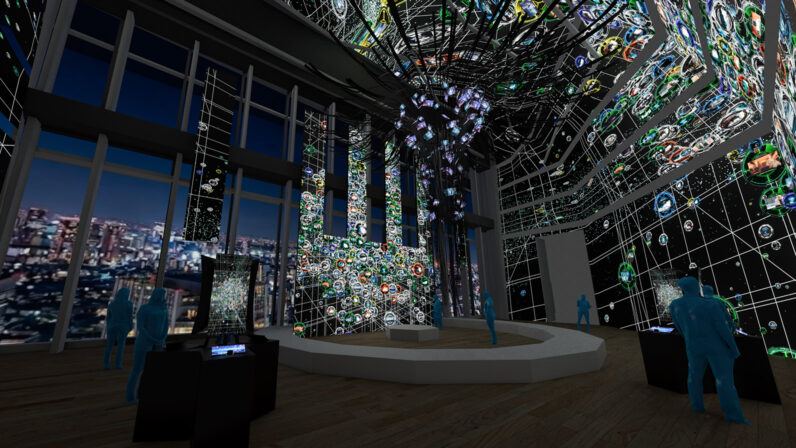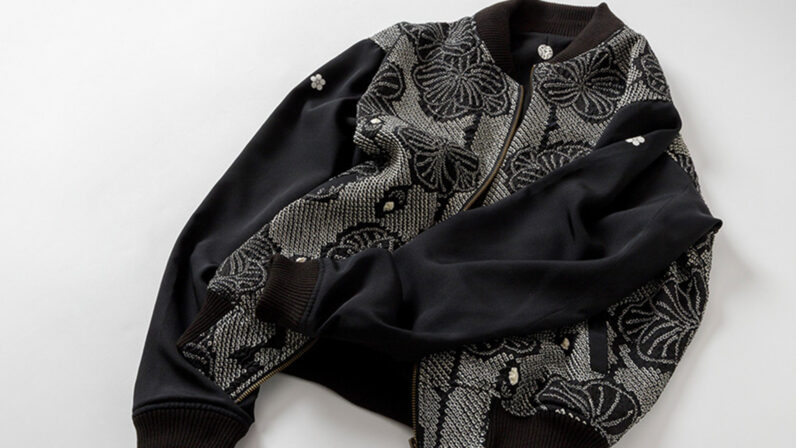Tucked away in Tokyo’s Iriya neighborhood, Café rébon Kaisaiyu brings new life to a public bathhouse built in the early Showa era. A surprising blend of sento and café, it offers a nostalgic yet soothing space to enjoy freshly roasted coffee.

Just a short walk from Iriya Station in Tokyo’s Taito Ward, a striking building with a tiled roof and whitewashed walls stands out among the quiet residential streets. This is rébon Kaisaiyu, a former sento transformed into a cozy neighborhood café.
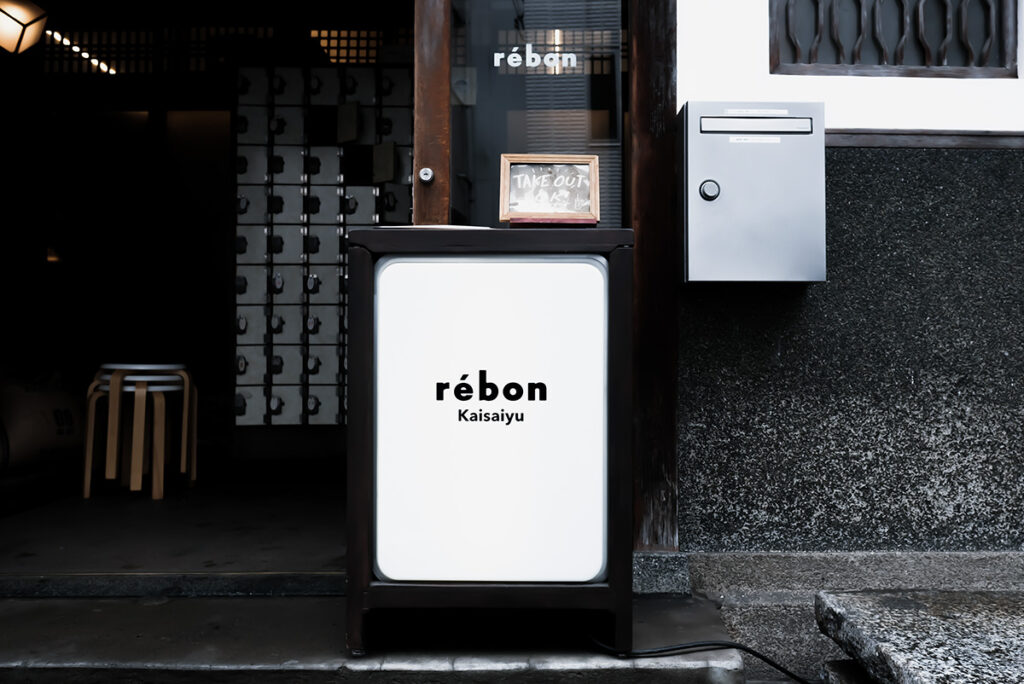
Originally built in 1928 during the early Showa era, the bathhouse Kaisaiyu served the local community for decades before closing its doors in 2016, largely due to aging facilities. But the owner, determined to preserve a place filled with memories, launched a renovation project to give it new life. In 2020, the space reopened as Café Rébon Kaisaiyu, a one-of-a-kind café that retains much of the original sento charm. Fittingly, The name ‘rébon’ is a nod to ‘reborn.’
Stepping inside, the first thing that greets you is a traditional sento-style shoe locker. Guests remove their shoes before entering, and even the umbrella stand, crafted from part of the old locker, adds a clever, nostalgic touch.
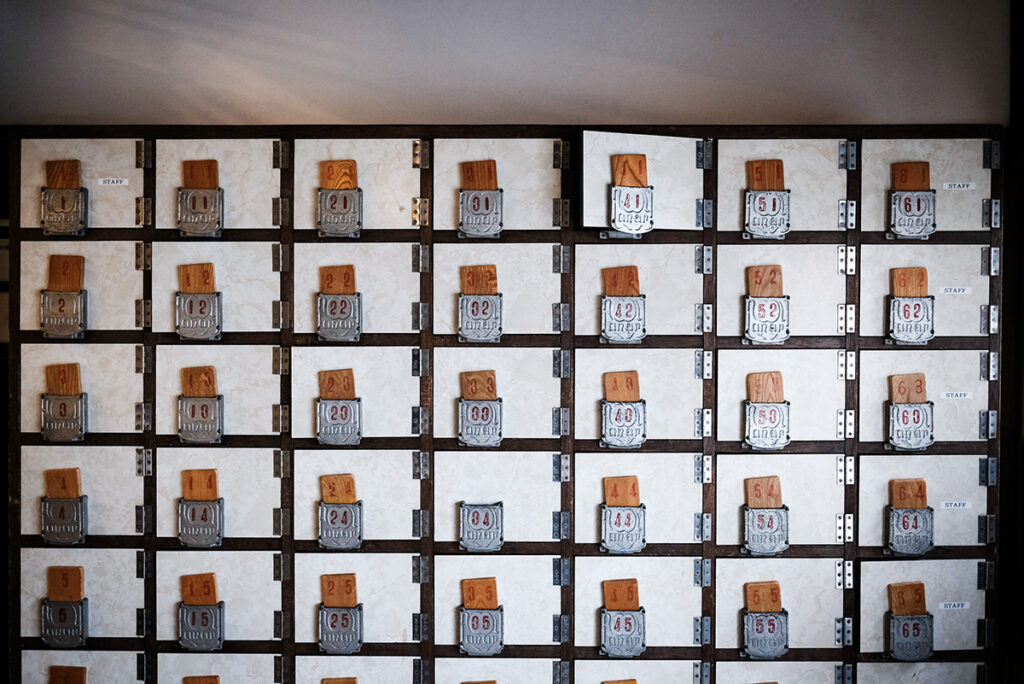
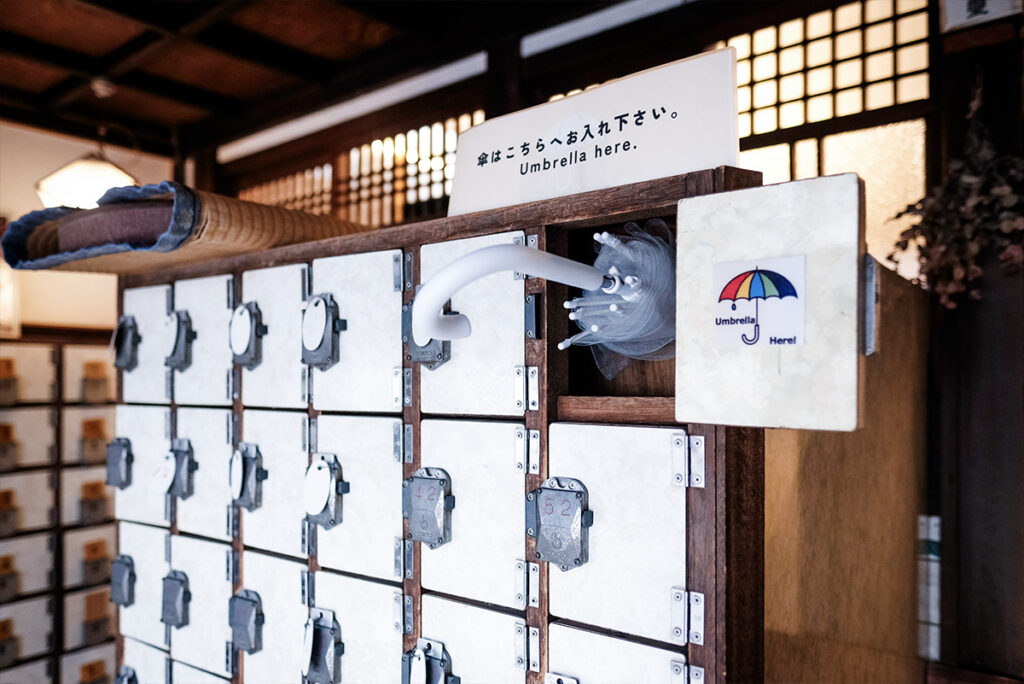
Slide open the door marked for the women’s bath, and you’ll step into what used to be the changing room, now transformed into the café’s main seating area. Inside, you’ll find seven small tables, each seating two to three people. The thick wall that once separated the men’s and women’s sections still stands prominently in the center, but its mirrored surfaces on both sides help keep the space open and airy. Overhead, square pendant lights hang from the high ceiling, adding a clean, modern edge to the vintage charm.
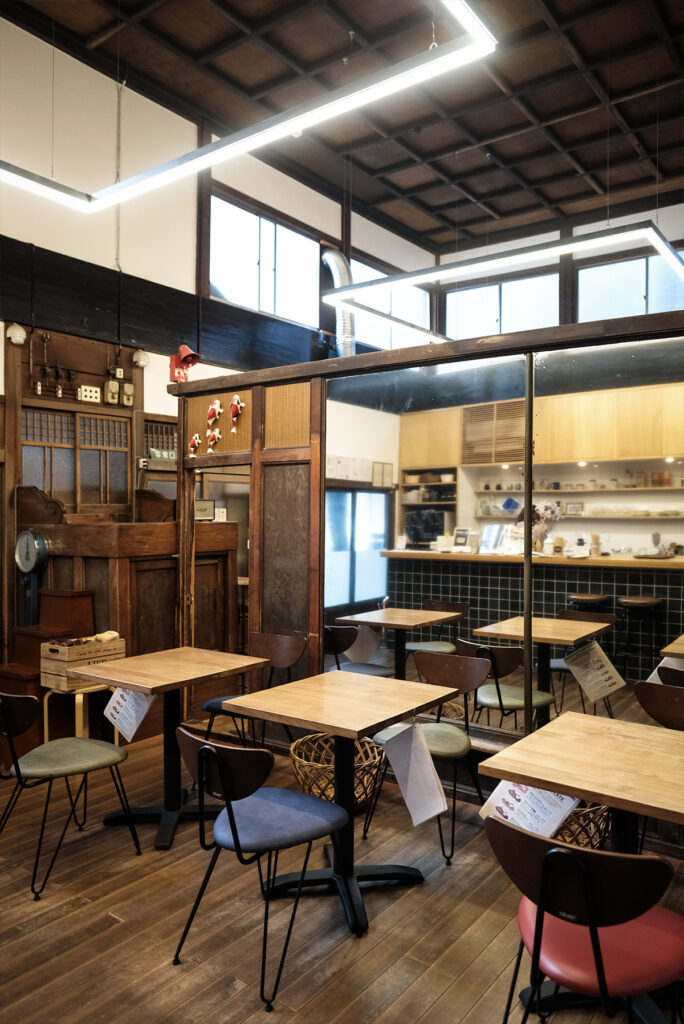

The café also doubles as an event space available for rent.
Even with the sounds of cooking and the rich aroma of coffee in the air, there’s no mistaking that this used to be a sento. Maybe it’s the old wall clock still ticking in the center, the tall chair from the original front desk left deliberately in place, or the classic Mount Fuji mural visible through the glass doors. The various elements all add up to the familiar sense of a past era.
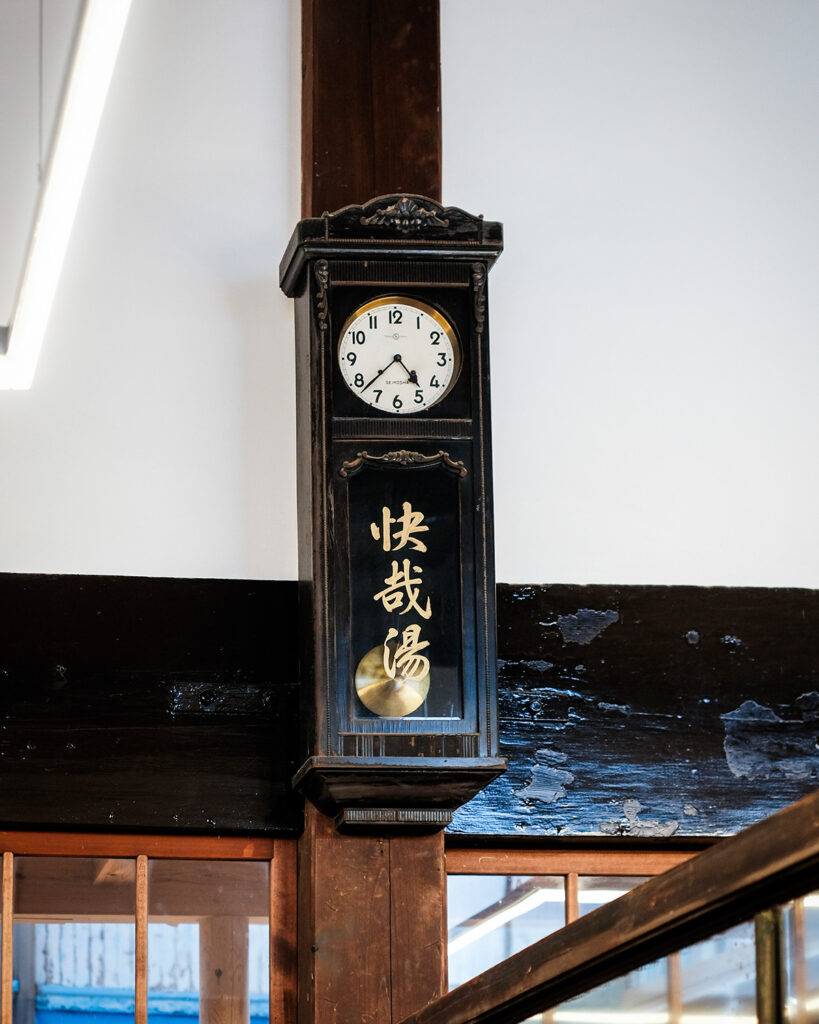

The clock, visible from both the men’s and women’s changing rooms, is stuck at 4:48. Its still hands seem to carry the weight of nearly a century. The tall reception chair next to it is open for anyone to sit in, and many visitors take the opportunity to snap a commemorative photo.
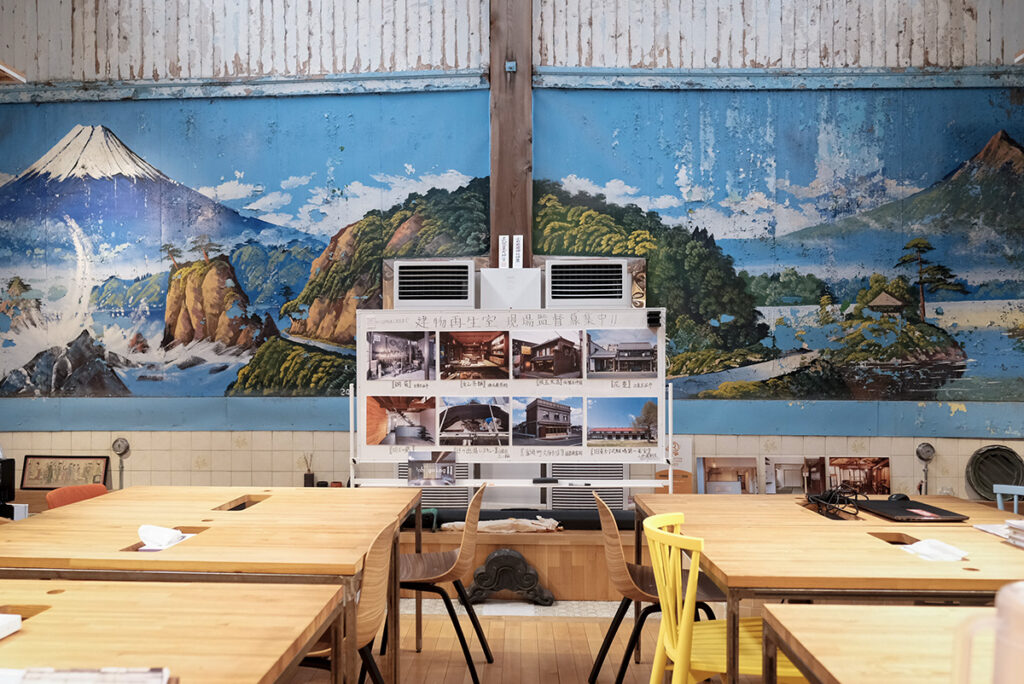
At the back of the café, the former bathhouse has been turned into an office for a construction company (Yamamura Co., Ltd. Satellite Office). Unless there’s a meeting, the space is open for visitors to come and go, or take a look around. The desk and the large Mount Fuji mural blend together in a strangely harmonious way. Though the mural is slightly faded in places, its vibrant blues and greens are still just as eye-catching.
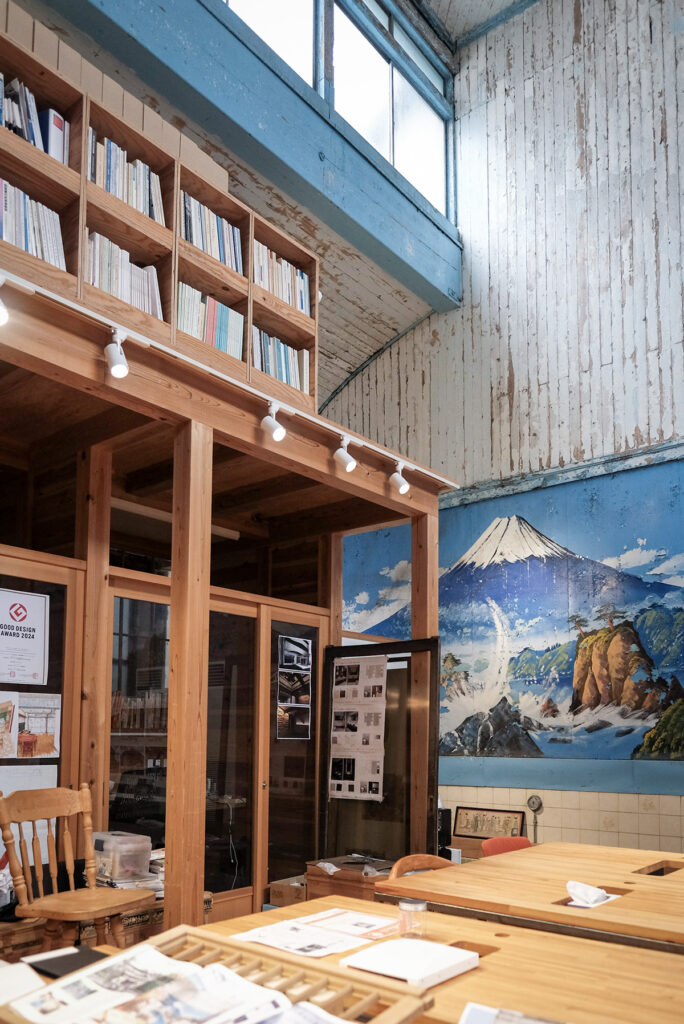
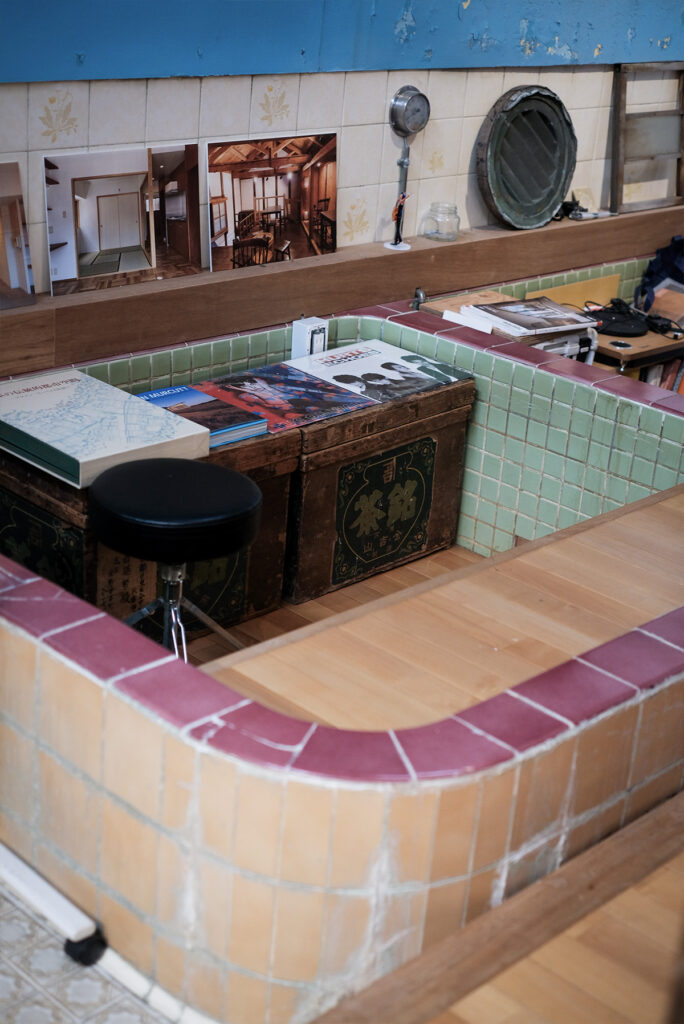
The former bathtub is now used as a storage area for records and other supplies. It’s surprisingly small when you see it this way. The washing area has also been converted into a hot water station.
The bathhouse walls have been left intact from its sento days. Sunlight filters through a window near the ceiling, casting a warm glow on the bookshelves above. It’s the kind of office anyone would love working in.
The café’s signature dish is the ‘Mariage Plate,’ which pairs freshly roasted coffee with the café’s homemade gelato. Each coffee is carefully selected to complement the flavor of the gelato.
This time, I ordered the soup plate (three-mushroom chowder). It came with a drink and dessert, and I had it served as the popular Mariage Plate after my meal.
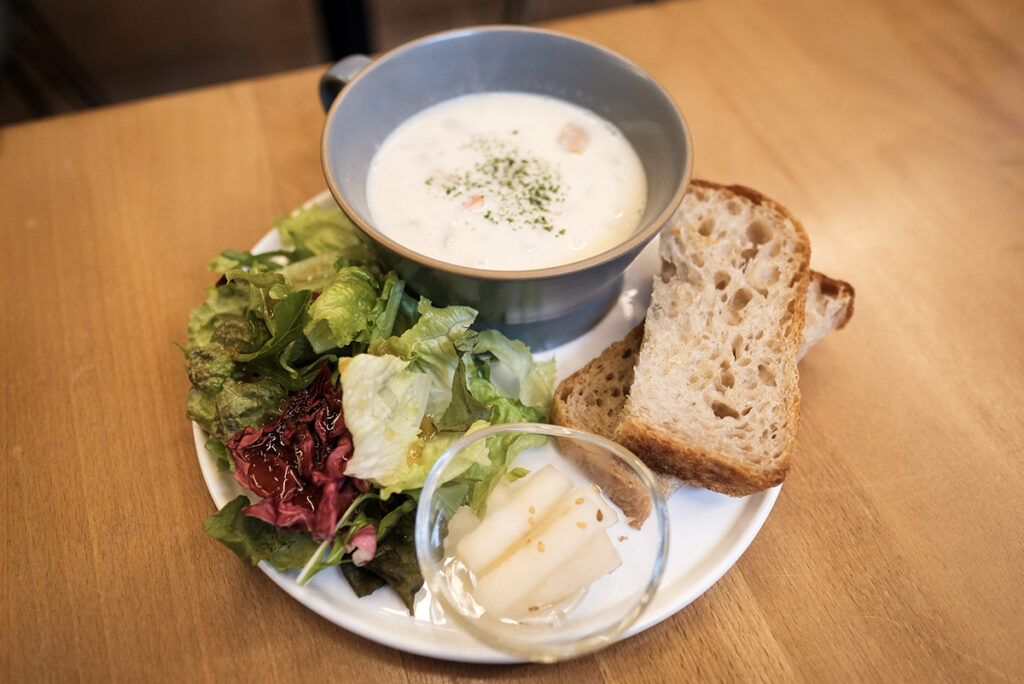
The soup plate starts at ¥1,350 (tax included). With a drink and dessert set, it’s ¥1,750 (tax included).
The mushroom chowder is hearty and full of ingredients. It’s creamy and gentle, yet finished with just the right touch of salt. The bacon adds a rich depth of flavor that makes it wonderfully comforting.
For the Mariage Plate, I went with the ‘Milk & Ethiopia’ pairing, one of five options on the menu. A staff member told me it’s the most popular. “You know, people always associate sento with milk,” and honestly, that makes perfect sense. For many people, a highlight of the traditional sento experience would be the cold milk in a glass bottle, a popular treat after a hot bath.
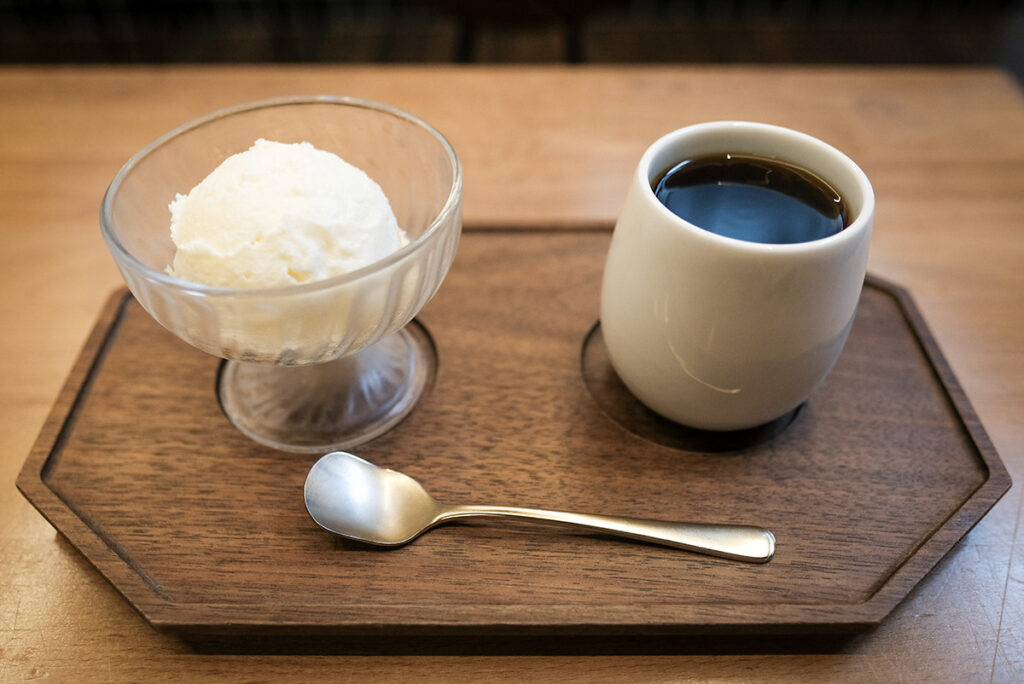
I took a sip of the coffee, cradling the mug in both hands like a teacup. It was smooth and light, with just enough acidity and hardly any bitterness. I’m not usually a fan of the light roast trend that’s been popular in recent years, but this one struck a perfect balance. It still had that signature floral aroma you expect from Ethiopian beans.
The milk gelato was an instant hit. One bite and I was diving in for a second. Its slightly grainy texture gave it a comforting, homemade feel. The milk flavor was deliberately understated, allowing the richness of the coffee to shine. Together, the bitterness of the coffee and the creaminess of the gelato melted away in perfect harmony, leaving a soft sweetness behind. It’s the kind of pairing you want to savor, alternating bites, enjoying them together, or pouring the coffee over the gelato for a dreamy finish.
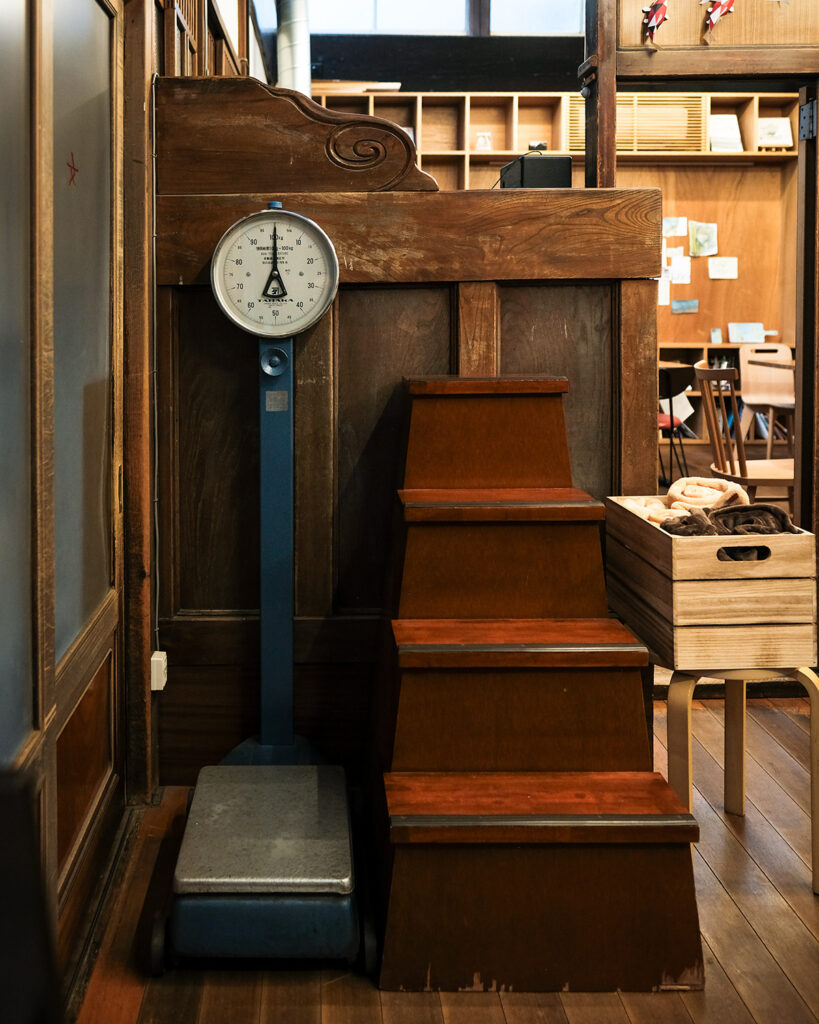
Climb up the little step stool and you’ll find yourself in the bathhouse attendant’s special seat. The vintage scale nearby adds another nostalgic touch, keeping the spirit of the sento alive.
rébon Kaisaiyu has become a popular stop for international visitors, so much so that on some days, nearly every customer is from overseas. There are online communities abroad dedicated to Japanese sento culture, and plenty of people sharing tips about unique renovation cafés like this one. “A lot of guests find us through social media and make the trip all the way to Iriya,” one of the staff members explained.
Weekends can get busy, with lines forming outside. The gelato is made in-house and in limited batches, so especially during the summer, it tends to sell out quickly. When I visited on a weekday morning, things were pretty relaxed. If you’re hoping for a quieter experience to soak it all in, that’s your best window.
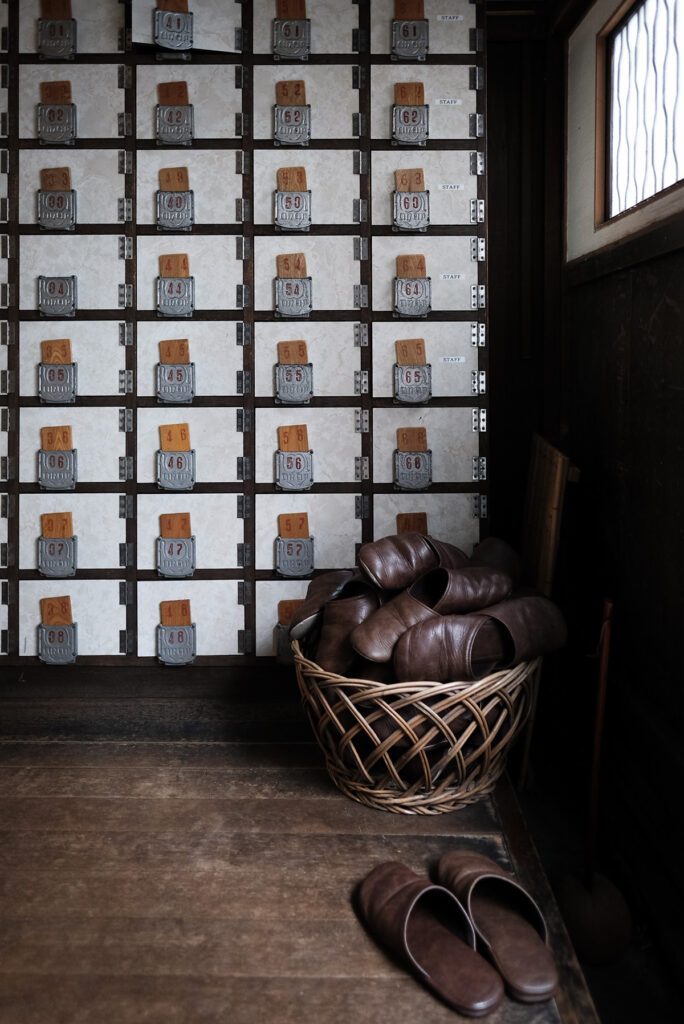
rébon Kaisaiyu
Address: 2-17-11 Shitaya, Taito-ku, Tokyo
Hours: 10:00 AM – 6:00 PM
Closed: Irregular days off
Instagram:@rebon_kaisaiyu


